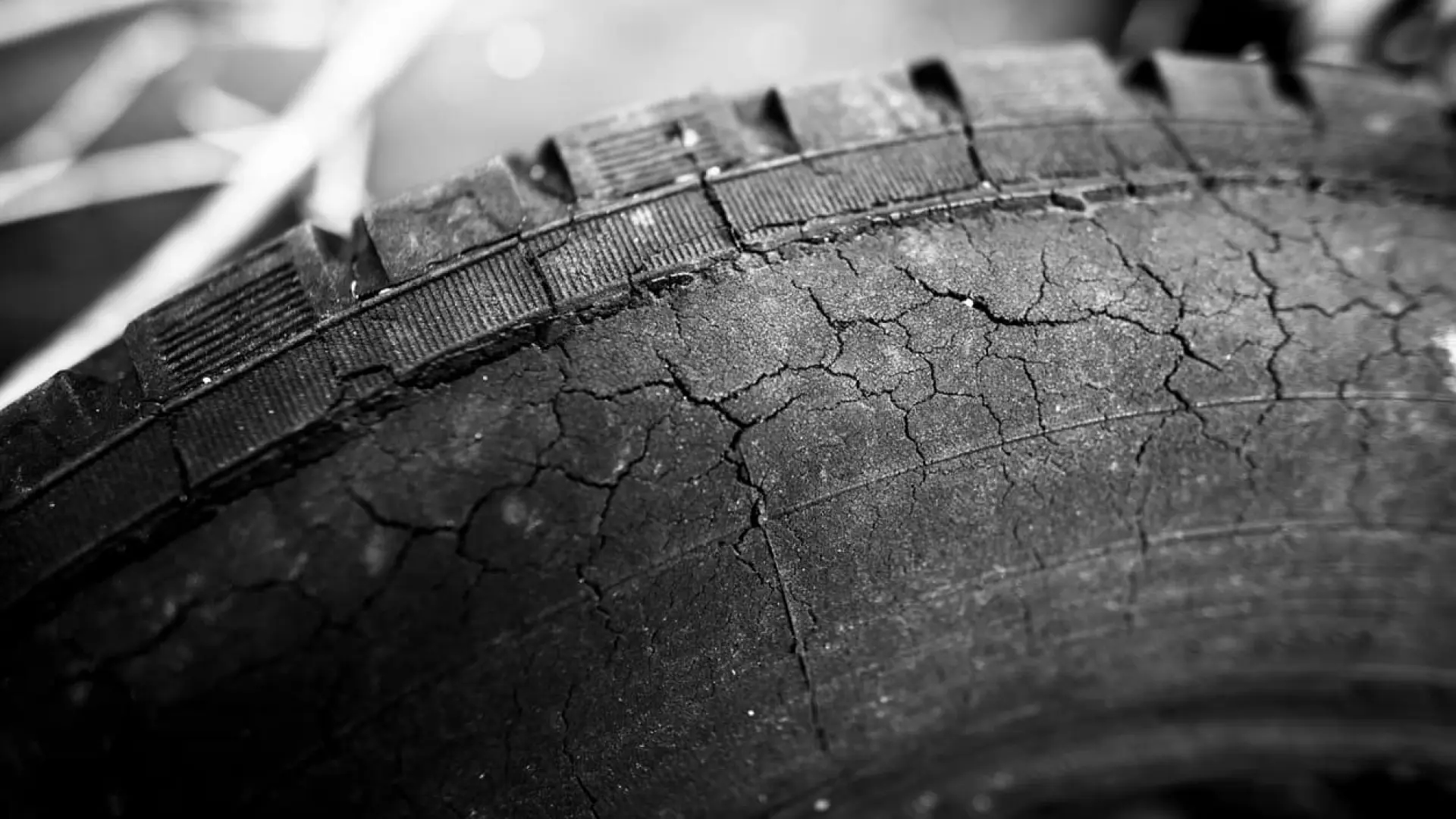The reasons behind crystallization of car tires

Sometimes The tires on our cars crack and harden , creating vulnerabilities that can be dangerous to our safety. Crystallized tires cause a loss of grip and ability to adhere to the road, making the car more prone to skidding , especially on wet surfaces, thus increasing braking distance.
If you don't want your wheels to crystallize , the best thing you can do is to know the causes that lead to the hardening of your car's tires and try to remedy it. preventing them .
Why do wheels crystallize?Tires crystallize when the rubber in the tires loses elasticity and hardens, a process that occurs primarily due to the natural aging of the rubber .
This deterioration is accelerated by several factors: prolonged exposure to the sun and UV rays , sudden changes in temperature, lack of use of the vehicle for long periods, the use of aggressive chemicals in cleaning and incorrect tire pressure .
What to do to prevent crystallization?To prevent tire crystallization , it is advisable to follow these recommendations:
- Use the vehicle regularly : Keeping the tires moving prevents the rubber from hardening.
- Park in the shade or in a garage : protect them from direct exposure to the sun and extreme temperature changes.
- Maintain correct pressure : check and adjust pressure according to the manufacturer's instructions.
- Avoid harsh chemicals : Use specific tire cleaners that do not dry out the rubber.
- Check and rotate tires : Monitor for wear, cracks, and elasticity, and replace them when necessary.
These measures help maintain wheel safety and performance for longer.
Fitting new tires: front or rear?Typically, all four wheels are not replaced at the same time. The axle that accumulates the most wear depends on the vehicle's drive type, but as a general rule, new tires should be on the rear axle . This helps reduce the risk of oversteer, improves cornering stability, and reduces the likelihood of aquaplaning . Therefore, even on front-wheel drive vehicles, it is recommended to place the best tires on the front axle and the new ones on the rear.
In all-wheel drive vehicles, it is necessary to change all four wheels at the same time to avoid differences in wear that could damage the transmission.

Motor and Mobility Editor 20 minutes
Passionate about cars and the automotive world since childhood. He holds a degree in Journalism from the University of Zaragoza and a Master's in Information and Digital Communication Consulting from the same university. He has been a contributor to 20 Minutos Motor since 2023, focusing on audiences and SEO: mobility, DGT regulations, trivia, tips, and more.
20minutos





